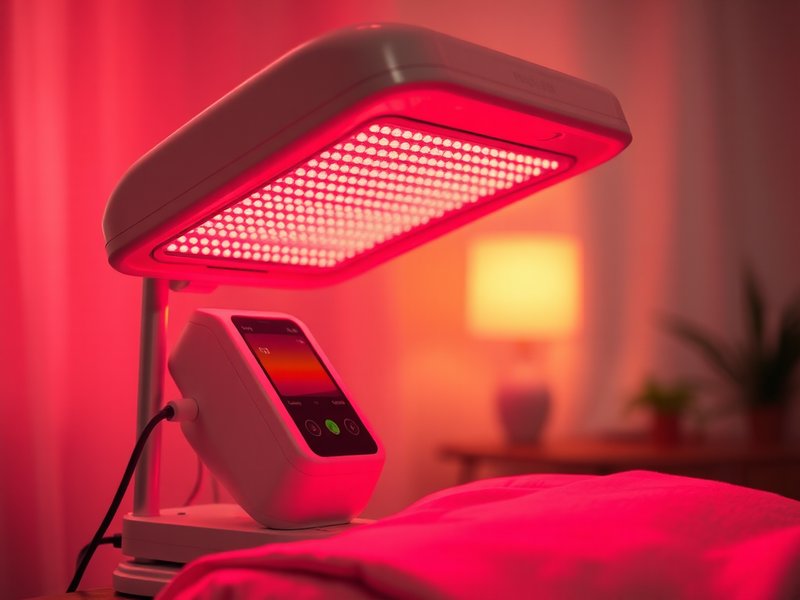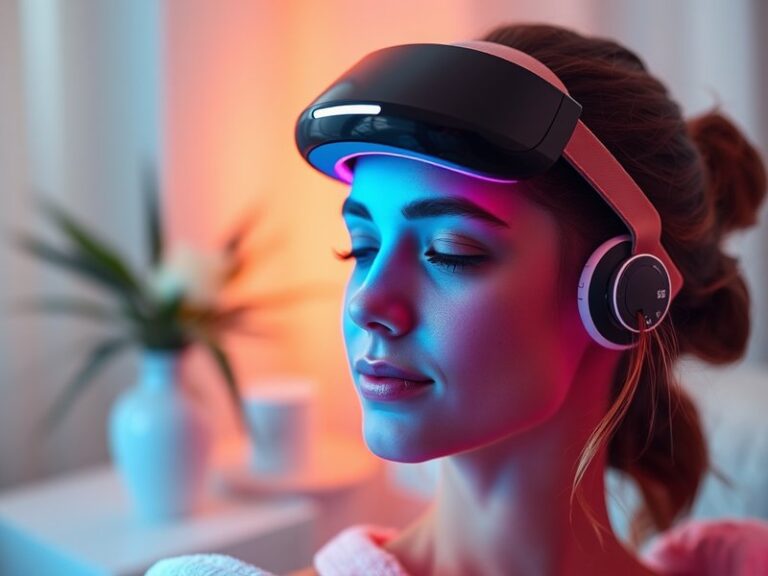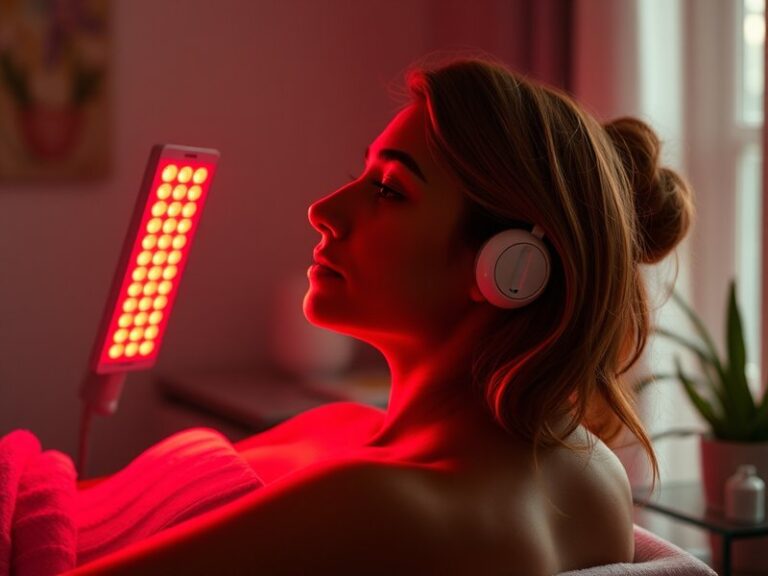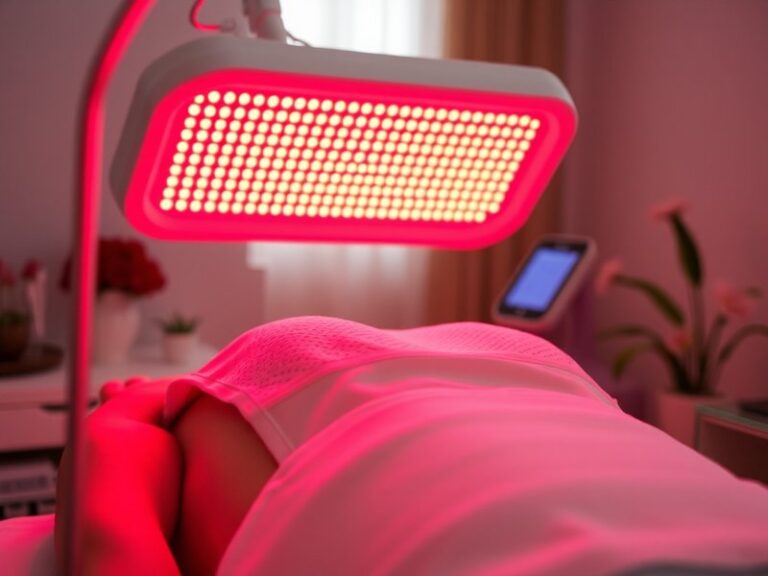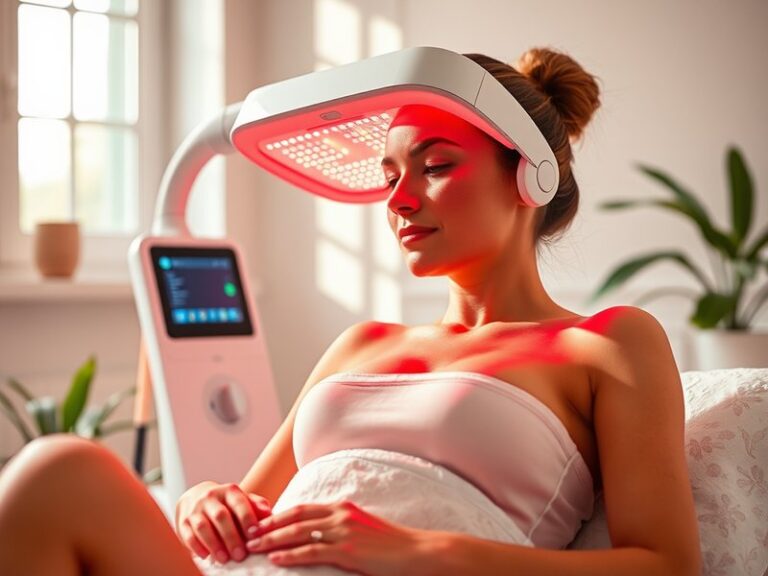Can Red Light Therapy Cause Seizures?
Can Red Light Therapy Cause Seizures?
Is it safe to use red light therapy if you have a history of seizures?
Red light therapy (RLT) has gained popularity for its potential benefits in various health conditions, including pain relief and skin rejuvenation. However, some individuals are concerned about its safety, particularly regarding the possibility of inducing seizures. This article aims to explore the relationship between red light therapy and seizures, clarify existing misconceptions, and provide essential information for those considering this therapy.
Key Takeaways
- Red light therapy is generally considered safe, but individuals with a seizure history should exercise caution.
- Studies on the effects of light therapy on seizure thresholds are limited and inconclusive.
- Consulting with a healthcare provider before starting any new therapy is always advisable, especially for those at risk.
What is Red Light Therapy?
Red light therapy involves the use of low-wavelength light (typically between 600 to 650 nanometers) to stimulate cellular processes. This non-invasive treatment is believed to promote healing, reduce inflammation, and improve skin health through the production of adenosine triphosphate (ATP), the energy currency of cells. By applying this light to the skin, cells can absorb it deeply, which enhances their functionality and accelerates recovery.
See the complete post Sun Tan City Red Light Therapy?
Light therapy is not a new concept; it has roots in phototherapy where natural sunlight was used to treat conditions like jaundice in newborns. Today, technological advancements have allowed for the development of portable devices that offer this therapy in various settings, from professional clinics to home use.
What are the Benefits of Red Light Therapy?
Red light therapy has several touted benefits, making it an attractive option for individuals seeking alternative treatments.
Pain Relief
Many users of RLT report significant reductions in chronic pain. Research indicates that red light can penetrate tissues, facilitating the healing of injuries and decreasing inflammation.
Improved Skin Health
RLT is widely recognized for its ability to improve skin conditions such as acne, rosacea, and signs of aging. The therapy promotes collagen production, resulting in enhanced skin elasticity and texture.
Enhanced Muscle Recovery
Athletes and fitness enthusiasts often use red light therapy post-exercise due to its ability to expedite muscle recovery. Studies suggest that it helps reduce soreness and speeds up healing from workout-related injuries.
See what we think about Is Red Light LED?
Is it Possible to Experience Seizures from Red Light Therapy?
While red light therapy is considered safe for most individuals, its impact on those with a history of seizures remains a valid concern. Research specifically linking RLT to seizure activity is sparse, leading to an ongoing debate about its safety for vulnerable populations.
What are the Advantages of Seeking Professional Guidance?
Consulting a healthcare provider before beginning RLT can provide substantial benefits:
- Personalized Assessment: A healthcare provider familiar with your medical history can assess your risk factors more accurately.
- Informed Decision-Making: They can clarify misconceptions regarding light therapy and its potential interactions with medications or existing health conditions.
- Ongoing Monitoring: Should you choose to proceed with RLT, they can monitor your response to therapy, ensuring safety throughout the treatment process.
What are the Disadvantages of Self-Therapizing?
Engaging in red light therapy without professional guidance can lead to potential risks:
- Misinterpretation of Symptoms: Users may misinterpret adverse reactions, failing to recognize when medical attention is needed.
- Ineffective Treatment: Without proper guidance, individuals may not achieve the desired outcomes, wasting time and resources.
- Potential Interactions: Individuals on certain medications may face unpredictable interactions without expert advice.
What are the Things to Consider Before Using Red Light Therapy?
Before starting red light therapy, several considerations should be taken into account to ensure safe and effective treatment.
Medical History
Individuals with a neurological condition or a history of seizures should disclose this to their healthcare provider, allowing for a risk assessment that considers personal health factors.
Device Quality
The quality of the red light therapy device can vary significantly. Ensure that the device meets safety standards and is of reputable manufacture.
Treatment Duration and Intensity
Understanding the recommended duration and intensity for therapy sessions is crucial. Overexposure may lead to adverse effects or insufficient treatment benefits.
What are the Alternatives to Red Light Therapy?
For individuals unsure about red light therapy, other treatment options may be more suitable.
Low-Level Laser Therapy (LLLT)
Similar to RLT, LLLT uses laser light instead of LED light to promote healing and reduce pain. It may be preferable for specific conditions, particularly in clinical settings.
Photobiomodulation
This therapy employs various types of light (including red and infrared) to stimulate cellular processes. Its benefits are comparable to RLT, often utilized in physical therapy contexts.
Topical Treatments
For skin-related issues, topical applications, including creams and gels containing active ingredients, can provide effective outcomes without the need for light exposure.
Conclusion: Is it Recommended to Use Red Light Therapy?
Ultimately, red light therapy offers various potential benefits, from enhanced recovery to improved skin health. However, individuals with a history of seizures should tread carefully and always consult with a qualified healthcare professional before embarking on this treatment. A balanced perspective that considers both the advantages and risks associated with RLT will ensure safety and maximize potential benefits.
Frequently Asked Questions
Can red light therapy trigger seizures?
There is currently no direct evidence that red light therapy specifically triggers seizures, but caution is advised for individuals with a history of seizures.
How long should I use red light therapy?
Most sessions typically last between 10 to 20 minutes; however, you should consult a healthcare provider for personalized recommendations.
What should I look for in a red light therapy device?
Choose devices that are FDA-approved, offer specific wavelength settings, and come from reputable brands to ensure safety and efficacy.
Are there any side effects to red light therapy?
Common side effects are generally minimal and may include temporary redness or a warm sensation on the skin. However, seek guidance if you have specific health concerns.
Is red light therapy suitable for everyone?
While many people can benefit, those with certain health conditions, including skin cancer or photosensitivity disorders, should consult a healthcare professional before using RLT.
